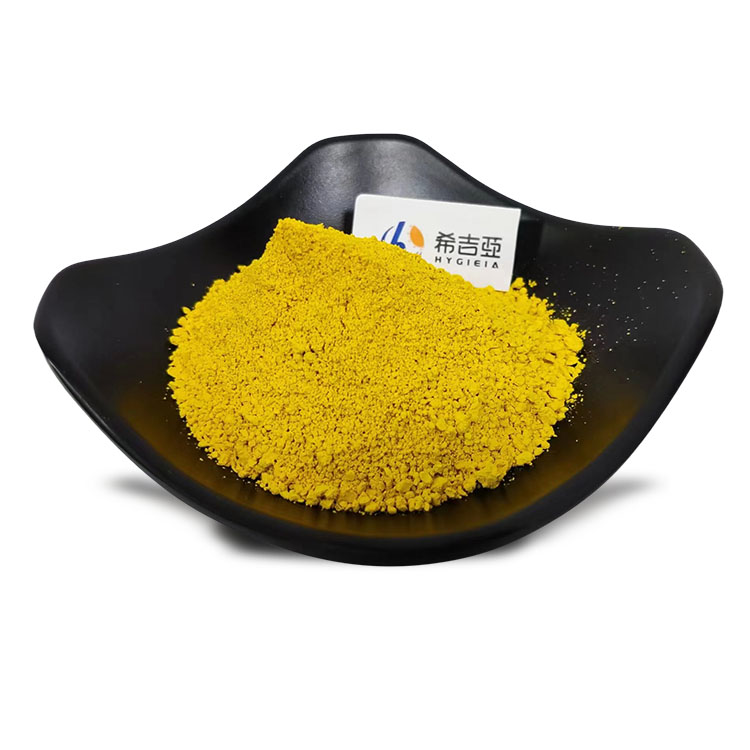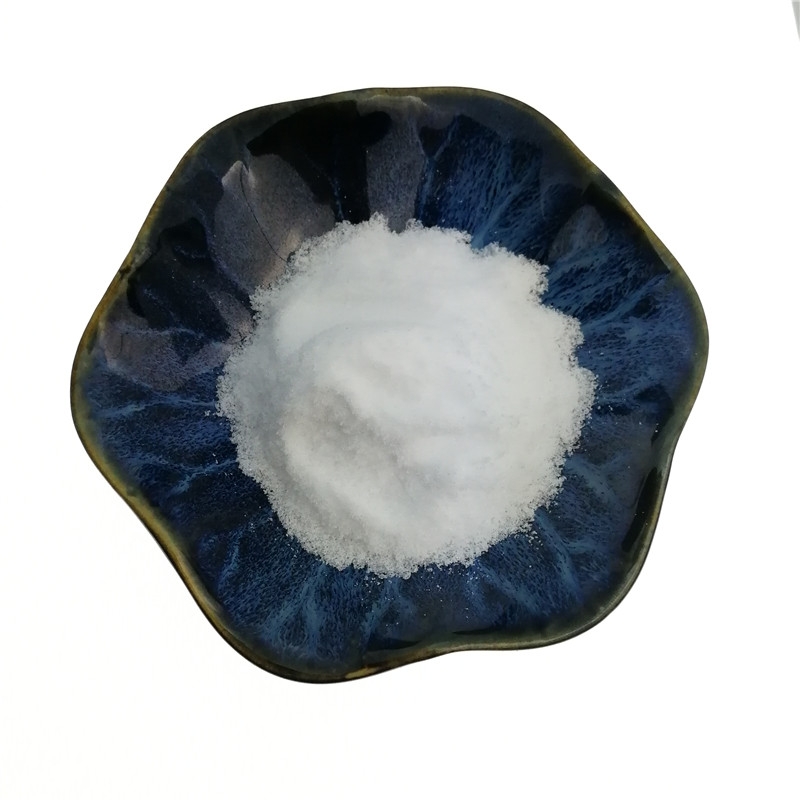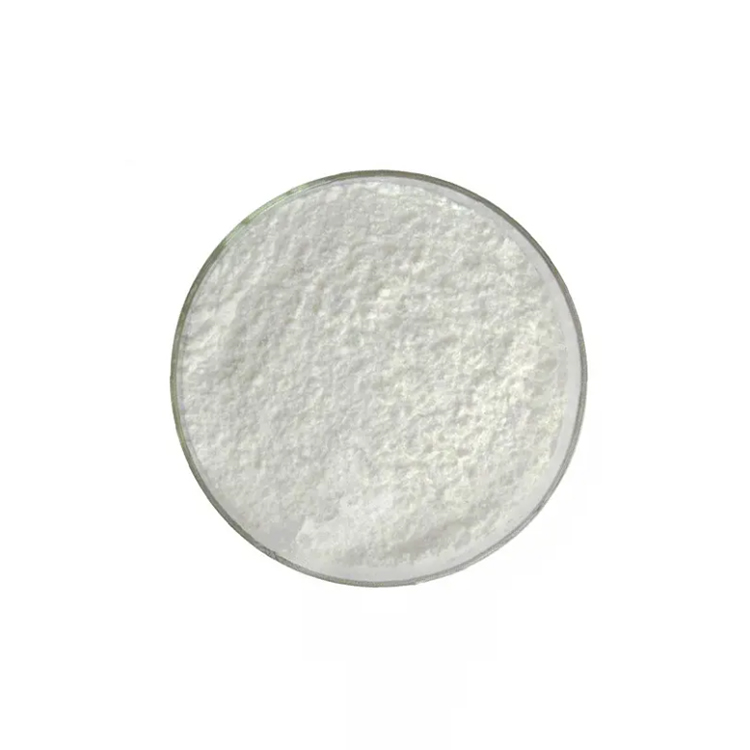-
Categories
-
Pharmaceutical Intermediates
-
Active Pharmaceutical Ingredients
-
Food Additives
- Industrial Coatings
- Agrochemicals
- Dyes and Pigments
- Surfactant
- Flavors and Fragrances
- Chemical Reagents
- Catalyst and Auxiliary
- Natural Products
- Inorganic Chemistry
-
Organic Chemistry
-
Biochemical Engineering
- Analytical Chemistry
- Cosmetic Ingredient
-
Pharmaceutical Intermediates
Promotion
ECHEMI Mall
Wholesale
Weekly Price
Exhibition
News
-
Trade Service
.
1.
What is the shelf life of food?According to the Food Safety Law and related standards, the shelf life of food refers to the period during which food maintains its quality under the specified storage conditions
.
The shelf life is determined by the manufacturer according to the characteristics of the food produced, accelerated experiments or test results, which is equivalent to the company's commitment to consumers for the product-within this period, the flavor, taste, and safety of the food are guaranteed.
It can be eaten with confidence
.
The shelf life is composed of two elements, one is the storage condition, and the other is the period.
The two are closely related and inseparable
.
Storage conditions must be marked on food labels, typically comprising: at room temperature, protected from light, cold storage, cryopreservation
.
If the product storage conditions do not meet the requirements, the shelf life of the food is likely to be shortened, or even lose safety guarantees
.
2.
The regulations of various countries on the shelf life of foodJapan has very strict regulations on the shelf life of food, which are divided into "expiration period" and "appreciation period"
.
The former is mostly used for perishable foods (such as fresh foods), which means that it can be safely eaten in the unopened case; the latter is mostly used for processed foods that are not easily deteriorated (refrigerated or stored at room temperature).
Food) is the time limit for ensuring the quality and taste of food
.
According to EU regulations, the shelf life is divided into "use beforehand" and "best eaten before.
.
.
"
.
The former is usually aimed at some perishable foods, which means that eating after the shelf life may threaten health; the latter is aimed at other foods, which means that the taste and taste of eating after the shelf life may be affected
.
There are four types of dates on food packaging in the United States, which are generally marked according to the nature of the food
.
The first is that all food packaging boxes must be marked with "sale deadline", which means that shopping malls can only sell these foods before this date
.
But it doesn't mean that you can't eat it after this date.
It will leave room for consumers to eat and store after purchase
.
The second is called the "best taste period", which refers to the best time for food taste or quality
.
The third type is the "use period", which is the date when the food is last eaten
.
Generally, this date is the longest, and it must be destroyed after this date
.
Fourth, the food should also be marked with the "sealing and packaging date" so that problems can be investigated
.
3.
The shelf life of various types of foods Generally speaking, foods that are perishable and easily oxidized have higher requirements for shelf life.
Foods with higher water activity and higher protein and fat content are more likely to have quality hazards after the shelf life.
Hazards are bound to occur, and inspections are needed to determine
.
The spoiled food caused by microorganisms, oxidation, metal ions, etc.
, or fatty acid failure, may cause harm to the human body after consumption
.
Special attention should be paid to the shelf life of meat products, edible oil and eggs
.
Meat products are rich in nutrients.
In the long-term preservation process, the bacteria in the meat will use the sufficient nutrition and moisture of the meat to multiply, decompose protein, fat and carbohydrates, etc.
, which will cause the meat to spoil and deteriorate.
At the same time, there are potential safety risks for the proliferation of pathogenic bacteria.
.
Some bacteria also produce exotoxin and endotoxin, which may endanger human health
.
In addition to the disease caused by bacterial proliferation, the corruption of protein itself can also cause disease.
For example, it can produce small molecules such as amines, indoles, thiols, and hydrogen sulfide, which may cause harm to human health
.
Expired edible oil usually suffers from rancidity.
During the rancidity process, other toxic substances, such as peroxides, are produced
.
After the fat is rancid, it will become smokey and choking when heated, and it contains decomposition products such as glycidaldehyde.
It is easy to be poisoned after eating, causing the patient to experience acute respiratory and circulatory failure.
.
Ordinary eggs have a limited shelf life.
If they are stored for too long, the bactericides originally present in the egg white will gradually disappear, and various microorganisms will gradually invade the eggs to grow and reproduce, and finally the ingredients in the eggs are completely corrupted and become liquid
.
After this process, in addition to the remaining protein and fat, the eggs may also produce salmonella, E.
coli and other pathogenic bacteria
.
Spoiled eggs cannot be eaten even if they are cooked or deep-fried
.
4.
Foods that have passed the expiration date can never be sold again.
Foods that have passed the expiration date can no longer be sold and must be removed from the shelves
.
However, foods that have passed the expiration date are not equivalent to harmful foods; the main change in some foods is the deterioration of sensory quality, and they can still be consumed, such as some fruit juices, beverages, and some dry food and cereal products with low fat content; also Maybe the impact of product quality is not great, but the best quality period has passed and it can be downgraded as feed
.
And some foods may cause safety hazards after the shelf life, such as excessive microbes, heavy metals, and peroxide values, such as some refrigerated foods, metal canned foods, and fried foods
.
After the food that has exceeded the shelf life is recycled, it is generally treated in two ways: one is incineration or discarded as garbage; the other is processed into feed and used as fertilizer for recycling
.
Therefore, experts suggest that scientific risk assessment should be used as the premise to formulate reasonable shelf life for food.
Enterprises should rely on the technical support of professional institutions to formulate product shelf life and verify whether food can meet product quality and safety standards during the marked shelf life
.
At the same time, focus on whether the sales link meets the requirements of food storage conditions, comprehensively consider the requirements of the production and sales links, and formulate a scientific and reasonable shelf life for food
.
Strengthen the handling of food that has passed the expiration date, and strictly implement relevant regulations such as recycling and destruction
.
At the same time, it is also recommended that consumers develop the habit of looking at the label indicating the expiration date when buying food, and do not buy and consume food that has passed the expiration date
.







